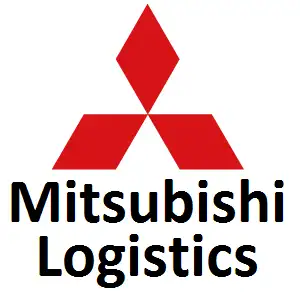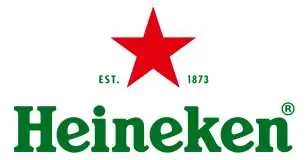
Global 3D Food Printing Market Insights, Size and Growth Forecast To 2027
Global 3D Food Printing Market by Technology (Fused Deposition Manufacturing (FDM), Selective Sintering Technology (SST), Powder Bed Binder Jetting and Ink-Jet Printing), By Component (Natively Printable Materials (Chocolate, Icing, Hydrogel, Cheese, and Others (Hummus, Pasta Dough, Butter, Jelly, Sugar, Starch, etc.), Non-Printable Traditional Food Materials (Meat, Rice, Vegetables, Fruits) and Others(Insect Powder)), By End-Users (Governments (Defense, Education, and Emergency Services), Commercial (Retail Stores, Bakeries, Confectionaries, and Restaurants) and Residential) and By Region (North America, Europe, Asia Pacific, South America, Middle East, and Africa)
| Published: Jul-2020 | Report ID: IACT2017 | Pages: 1 - 250 | Formats*: |
| Category : Information & Communications Technology | |||
1.1. Market Modelling1.2. Product Analysis1.3. Market Trend and Economic Factors Analysis1.4. Market Segmental Analysis1.5. Geographical Mapping1.6. Country Wise Segregation
2.1. Identification of Target Market2.2. Data Acquisition2.3. Refining of Data/ Data Transformations2.4. Data Validation through Primary Techniques2.5. Exploratory Data Analysis2.6. Graphical Techniques/Analysis2.7. Quantitative Techniques/Analysis2.8. Visual Result/Presentation
4.1. Supply Chain Analysis4.2. Economic Factor Analysis4.2.1. Drivers4.2.2. Trends4.2.3. Opportunities4.2.4. Challenges4.3. Technological Landscape4.4. Competitors & Product Analysis4.5. Policy & Regulatory Framework4.6. Company market share analysis, 20184.7. Porter’s Five forces analysis4.8. New Investment Analysis4.9. PESTEL Analysis
5.1. Market Size & Forecast,2016-20275.1.1. Demand5.1.1.1. By Value (USD Million)5.1.2. Consumption5.1.2.1. By Volume (Number of Units)5.2. Market Share & Forecast, 2016-20275.2.1. By Technology5.2.1.1. Fused Deposition Manufacturing (FDM)( Hot melt extrusion)5.2.1.2. Selective Sintering Technology(SST)5.2.1.3. Powder Bed Binder Jetting5.2.1.4. Ink-Jet Printing5.2.2. By Component5.2.2.1. Natively Printable Materials5.2.2.1.1. Chocolate5.2.2.1.2. Icing5.2.2.1.3. Hydrogel5.2.2.1.4. Cheese5.2.2.1.5. Others (Hummus, Pasta Dough, Butter, Jelly, Sugar, Starch etc.)5.2.2.2. Non-Printable Traditional Food Materials5.2.2.2.1. Meat5.2.2.2.2. Rice5.2.2.2.3. Vegetables5.2.2.2.4. Fruits5.2.2.3. Others5.2.2.3.1. Insect Powder5.2.3. By End-Users5.2.3.1. Governments5.2.3.1.1. Defense5.2.3.1.2. Education5.2.3.1.3. Emergency Services5.2.3.2. Commercial5.2.3.2.1. Retail Stores5.2.3.2.2. Bakeries5.2.3.2.3. Confectionaries5.2.3.2.4. Restaurants5.2.3.3. Residential5.2.4. By Region5.2.4.1. North America5.2.4.2. Europe5.2.4.3. Asia Pacific5.2.4.4. South America5.2.4.5. Middle East & Africa
6.1. North America 3D Food Printing Market Size & Forecast, 2016-20276.1.1. Demand6.1.1.1. By Value (USD Million)6.1.2. Consumption6.1.2.1. By Volume (Number of Units)6.2. North America 3D Food Printing Market Estimates & Forecast, 2016-2027 (USD Million)6.2.1. By Technology6.2.1.1. Fused Deposition Manufacturing (FDM)( Hot melt extrusion)6.2.1.2. Selective Sintering Technology(SST)6.2.1.3. Powder Bed Binder Jetting6.2.1.4. Ink-Jet Printing6.2.2. By Component6.2.2.1. Natively Printable Materials6.2.2.1.1. Chocolate6.2.2.1.2. Icing6.2.2.1.3. Hydrogel6.2.2.1.4. Cheese6.2.2.1.5. Others (Hummus, Pasta Dough, Butter, Jelly, Sugar, Starch etc.)6.2.2.2. Non-Printable Traditional Food Materials6.2.2.2.1. Meat6.2.2.2.2. Rice6.2.2.2.3. Vegetables6.2.2.2.4. Fruits6.2.2.3. Others6.2.2.3.1. Insect Powder6.2.3. By End-Users6.2.3.1. Governments6.2.3.1.1. Defense6.2.3.1.2. Education6.2.3.1.3. Emergency Services6.2.3.2. Commercial6.2.3.2.1. Retail Stores6.2.3.2.2. Bakeries6.2.3.2.3. Confectionaries6.2.3.2.4. Restaurants6.2.3.3. Residential6.2.4. By Country6.2.4.1. US6.2.4.2. Canada6.2.4.3. Mexico6.2.5. By Price Point Analysis6.2.6. Manufacturer & Distributor List (Top 5)6.2.7. Economic Impact Study on North America 3D Food Printing Market
7.1. Europe 3D Food Printing Market Size & Forecast7.1.1. Demand7.1.1.1. By Value (USD Million)7.1.2. Consumption7.1.2.1. By Volume (Number of Units)7.2. Europe 3D Food Printing Market Estimates & Forecast, 2016-2027 (USD Million)7.2.1. By Technology7.2.1.1. Fused Deposition Manufacturing (FDM)( Hot melt extrusion)7.2.1.2. Selective Sintering Technology(SST)7.2.1.3. Powder Bed Binder Jetting7.2.1.4. Ink-Jet Printing7.2.2. By Component7.2.2.1. Natively Printable Materials7.2.2.1.1. Chocolate7.2.2.1.2. Icing7.2.2.1.3. Hydrogel7.2.2.1.4. Cheese7.2.2.1.5. Others (Hummus, Pasta Dough, Butter, Jelly, Sugar, Starch etc.)7.2.2.2. Non-Printable Traditional Food Materials7.2.2.2.1. Meat7.2.2.2.2. Rice7.2.2.2.3. Vegetables7.2.2.2.4. Fruits7.2.2.3. Others7.2.2.3.1. Insect Powder7.2.3. By End-Users7.2.3.1. Governments7.2.3.1.1. Defense7.2.3.1.2. Education7.2.3.1.3. Emergency Services7.2.3.2. Commercial7.2.3.2.1. Retail Stores7.2.3.2.2. Bakeries7.2.3.2.3. Confectionaries7.2.3.2.4. Restaurants7.2.3.3. Residential7.2.4. By Country7.2.4.1. Germany7.2.4.2. UK7.2.4.3. France7.2.4.4. Spain7.2.4.5. Italy7.2.4.6. Rest of Europe7.2.5. By Price Point Analysis7.2.6. Manufacturer & Distributor List (Top 5)7.2.7. Economic Impact Study on Europe 3D Food Printing Market
8.1. Asia Pacific 3D Food Printing Market Size & Forecast8.1.1. Demand8.1.1.1. By Value (USD Million)8.1.2. Consumption8.1.2.1. By Volume (Number of Units)8.2. Asia Pacific 3D Food Printing Market Estimates & Forecast, 2016-2027 (USD Million)8.2.1. By Technology8.2.1.1. Fused Deposition Manufacturing (FDM)( Hot melt extrusion)8.2.1.2. Selective Sintering Technology(SST)8.2.1.3. Powder Bed Binder Jetting8.2.1.4. Ink-Jet Printing8.2.2. By Component8.2.2.1. Natively Printable Materials8.2.2.1.1. Chocolate8.2.2.1.2. Icing8.2.2.1.3. Hydrogel8.2.2.1.4. Cheese8.2.2.1.5. Others (Hummus, Pasta Dough, Butter, Jelly, Sugar, Starch etc.)8.2.2.2. Non-Printable Traditional Food Materials8.2.2.2.1. Meat8.2.2.2.2. Rice8.2.2.2.3. Vegetables8.2.2.2.4. Fruits8.2.2.3. Others8.2.2.3.1. Insect Powder8.2.3. By End-Users8.2.3.1. Governments8.2.3.1.1. Defense8.2.3.1.2. Education8.2.3.1.3. Emergency Services8.2.3.2. Commercial8.2.3.2.1. Retail Stores8.2.3.2.2. Bakeries8.2.3.2.3. Confectionaries8.2.3.2.4. Restaurants8.2.3.3. Residential8.2.4. By Country8.2.4.1. China8.2.4.2. India8.2.4.3. Japan8.2.4.4. South Korea8.2.4.5. Rest of Asia Pacific8.2.5. By Price Point Analysis8.2.6. Manufacturer & Distributor List (Top 5)8.2.7. Economic Impact Study on Asia Pacific 3D Food Printing Market
9.1. South America 3D Food Printing Market Size & Forecast9.1.1. Demand9.1.1.1. By Value (USD Million)9.1.2. Consumption9.1.2.1. By Volume (Number of Units)9.2. South America 3D Food Printing Market estimates & forecast, 2016-2027 (USD Million)9.2.1. By Technology9.2.1.1. Fused Deposition Manufacturing (FDM)( Hot melt extrusion)9.2.1.2. Selective Sintering Technology(SST)9.2.1.3. Powder Bed Binder Jetting9.2.1.4. Ink-Jet Printing9.2.2. By Component9.2.2.1. Natively Printable Materials9.2.2.1.1. Chocolate9.2.2.1.2. Icing9.2.2.1.3. Hydrogel9.2.2.1.4. Cheese9.2.2.1.5. Others (Hummus, Pasta Dough, Butter, Jelly, Sugar, Starch etc.)9.2.2.2. Non-Printable Traditional Food Materials9.2.2.2.1. Meat9.2.2.2.2. Rice9.2.2.2.3. Vegetables9.2.2.2.4. Fruits9.2.2.3. Others9.2.2.3.1. Insect Powder9.2.3. By End-Users9.2.3.1. Governments9.2.3.1.1. Defense9.2.3.1.2. Education9.2.3.1.3. Emergency Services9.2.3.2. Commercial9.2.3.2.1. Retail Stores9.2.3.2.2. Bakeries9.2.3.2.3. Confectionaries9.2.3.2.4. Restaurants9.2.3.3. Residential9.2.4. By Country9.2.4.1. Brazil9.2.4.2. Argentina9.2.4.3. Rest of South America9.2.5. By Price Point Analysis9.2.6. Manufacturer & Distributor List (Top 5)9.2.7. Economic Impact Study on South America 3D Food Printing Market
10.1. Middle East & Africa Market Size & Forecast10.1.1. Demand10.1.1.1. By Value (USD Million)10.1.2. Consumption10.1.2.1. By Volume (Number of Units)10.2. Middle East & Africa Market estimates & forecast, 2016-2027 (USD Million)10.2.1. By Technology10.2.1.1. Fused Deposition Manufacturing (FDM)( Hot melt extrusion)10.2.1.2. Selective Sintering Technology(SST)10.2.1.3. Powder Bed Binder Jetting10.2.1.4. Ink-Jet Printing10.2.2. By Component10.2.2.1. Natively Printable Materials10.2.2.1.1. Chocolate10.2.2.1.2. Icing10.2.2.1.3. Hydrogel10.2.2.1.4. Cheese10.2.2.1.5. Others (Hummus, Pasta Dough, Butter, Jelly, Sugar, Starch etc.)10.2.2.2. Non-Printable Traditional Food Materials10.2.2.2.1. Meat10.2.2.2.2. Rice10.2.2.2.3. Vegetables10.2.2.2.4. Fruits10.2.2.3. Others10.2.2.3.1. Insect Powder10.2.3. By End-Users10.2.3.1. Governments10.2.3.1.1. Defense10.2.3.1.2. Education10.2.3.1.3. Emergency Services10.2.3.2. Commercial10.2.3.2.1. Retail Stores10.2.3.2.2. Bakeries10.2.3.2.3. Confectionaries10.2.3.2.4. Restaurants10.2.3.3. Residential10.2.4. By Country10.2.4.1. Saudi Arabia10.2.4.2. UAE10.2.4.3. South Africa10.2.4.4. Rest of Middle East & Africa10.2.5. By Price Point Analysis10.2.6. Manufacturer & Distributor List (Top 5)10.2.7. Economic Impact Study on Middle East & Africa 3D Food Printing Market
11.1. Company Description11.2. Financial Analysis11.3. Key Products11.4. Key Management Personnel11.5. Contact Address11.6. SWOT Analysis11.7. Company Profiles11.7.1. Natural Machines11.7.2. 3D Systems11.7.3. TNO11.7.4. Choc Edge11.7.5. Systems and Materials Research Corporation11.7.6. Byflow11.7.7. Print2taste GmbH11.7.8. Barilla11.7.9. Candyfab11.7.10. Beehex11.7.11. Modern Meadow11.7.12. Nu Food11.7.13. North branch Everbright11.7.14. Other Leading Players
SPER Market Research’s methodology uses great emphasis on primary research to ensure that the market intelligence insights are up to date, reliable and accurate. Primary interviews are done with players involved in each phase of a supply chain to analyze the market forecasting. The secondary research method is used to help you fully understand how the future markets and the spending patterns look likes.
The report is based on in-depth qualitative and quantitative analysis of the Product Market. The quantitative analysis involves the application of various projection and sampling techniques. The qualitative analysis involves primary interviews, surveys, and vendor briefings. The data gathered as a result of these processes are validated through experts opinion. Our research methodology entails an ideal mixture of primary and secondary initiatives.
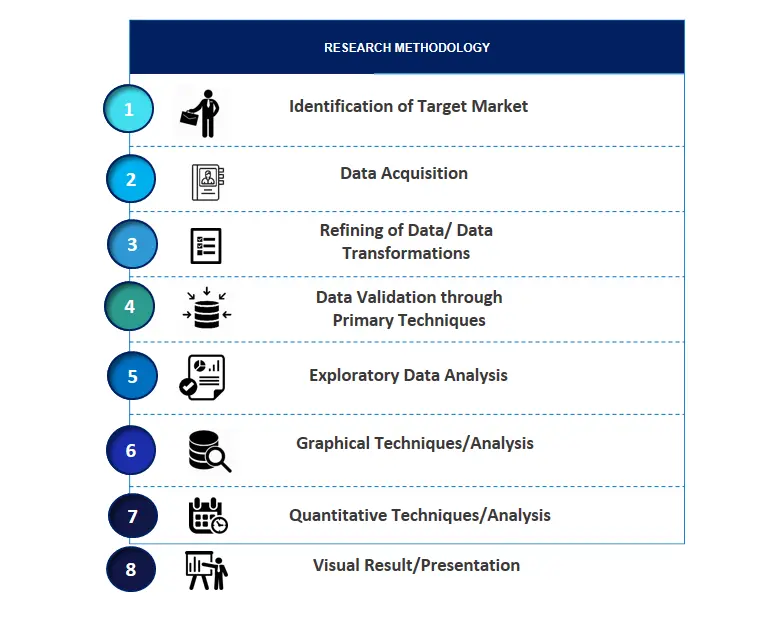
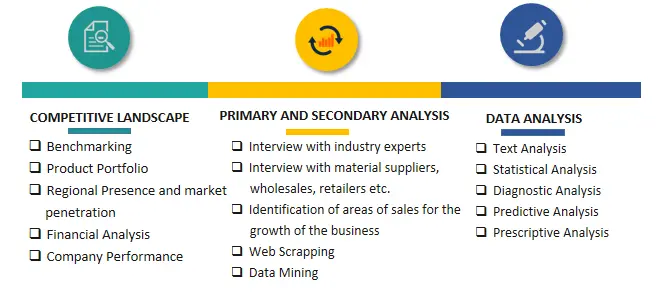

Frequently Asked Questions About This Report
PLACE AN ORDER
Year End Discount
Sample Report
Pre-Purchase Inquiry
NEED CUSTOMIZATION?
Request CustomizationCALL OR EMAIL US
100% Secure Payment

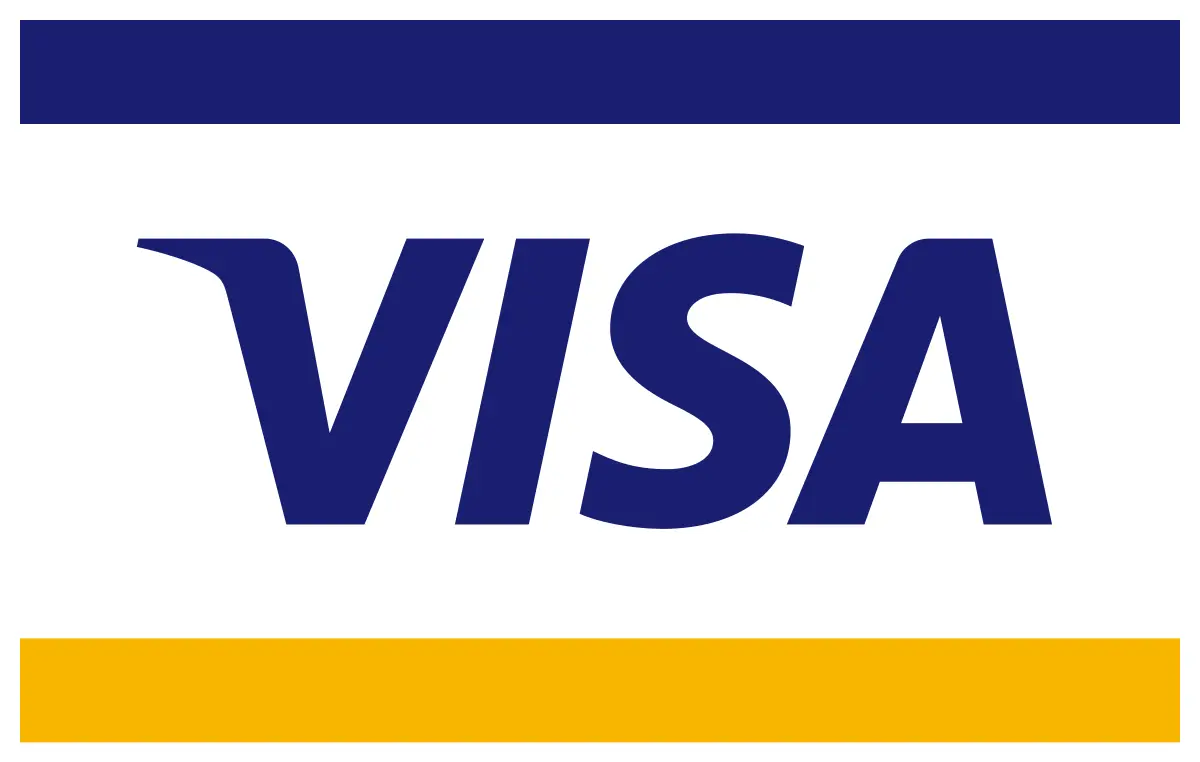

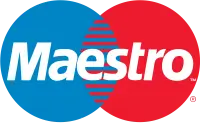


Related Reports
Our Global Clients
Our data-driven insights have influenced the strategy of 200+ reputed companies across the globe.











